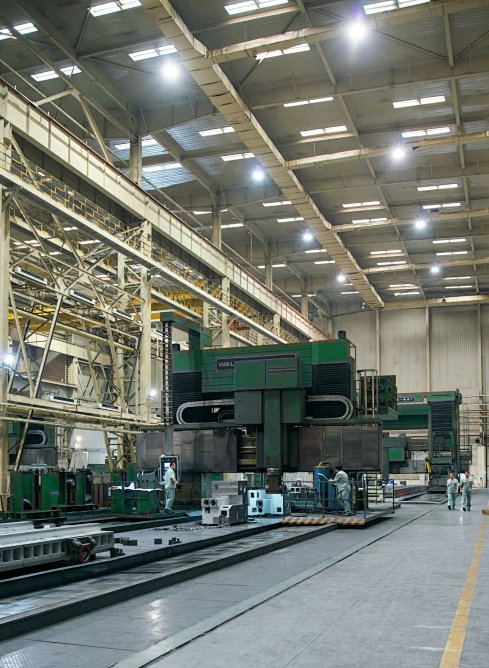. What are the requirements for the machining process in mechanical processing?
Jun 18,2020
What are the commonly used tools, processing procedures, types of production, and precautions in mechanical processing? Below we will introduce these knowledge in detail so that everyone can have a deeper understanding of large-scale mechanical processing. Common tools in mechanical processing include digital display milling machines, digital display forming grinding machines, digital display lathes, electric spark machines, universal grinding machines, external cylindrical grinding machines, internal cylindrical grinding machines, precision lathes, and other equipment. These devices can perform turning, milling, planing, grinding, and other processes on precision parts, with a processing accuracy of up to 2um.

The processing procedures of mechanical processing include the transportation and storage of raw materials, production preparation, blank manufacturing, part processing and heat treatment, and product assembly and debugging. Through mechanical processing, the shape, size, and performance of raw materials can be changed to meet the requirements of finished products. This process is also called the technological process, which consists of one or several sequentially arranged procedures.
Types of production in mechanical processing can generally be divided into three categories: single-piece production: which means producing a single part with little occurrence of repeated production. Batch production: which means producing the same part in batches.
Mass production: When the production volume of a product is very large, it requires frequent repetition of the production of a certain part. When formulating the technological process of the part, due to the different types of production, the methods, equipment, tools, blanks, and technical requirements used in these aspects are all different.
The movement direction of the operating parts must conform to the specified requirements and be clearly indicated. Necessary interlocking mechanisms should be set up to prevent uncoordinated actions during operation, which may cause risks. The structure and arrangement of handles, handwheels, and buttons must meet the requirements. The general start button should be installed inside the machine casing and equipped with a protective ring to prevent accidental activation. An automatic disengagement device should be installed on the shaft to prevent injury from handwheels and handles.
Related dynamics
Contact Us
E-mail:tjjiaxuyan@163.com
Telephone:022-68976188,13821612718
Mobile:18902087888,13802191288
Address:Fengjia Village, Duliu Town, Jinghai District, Tianjin










